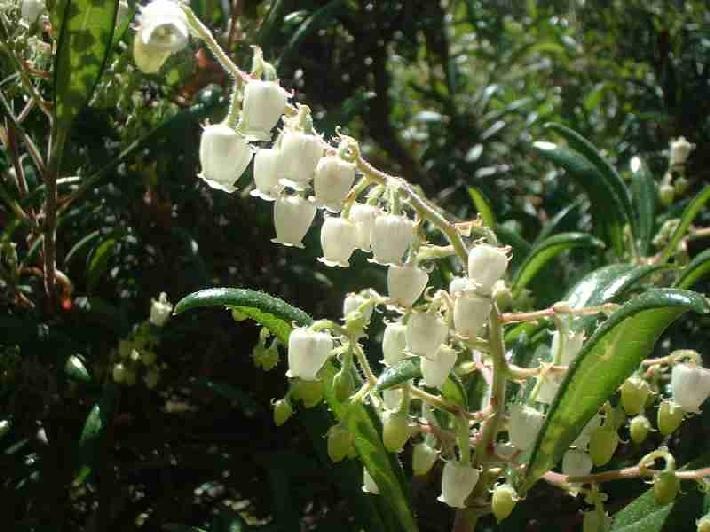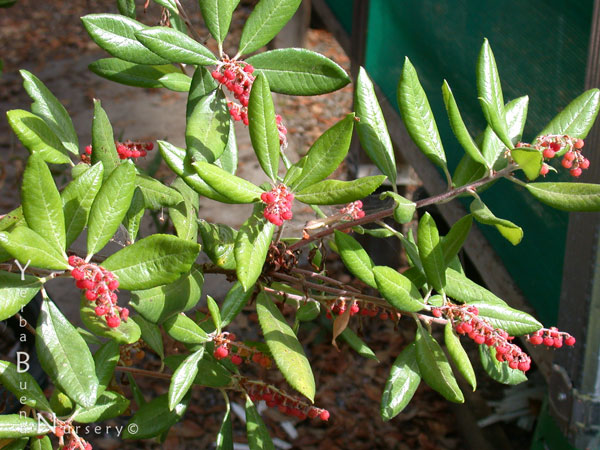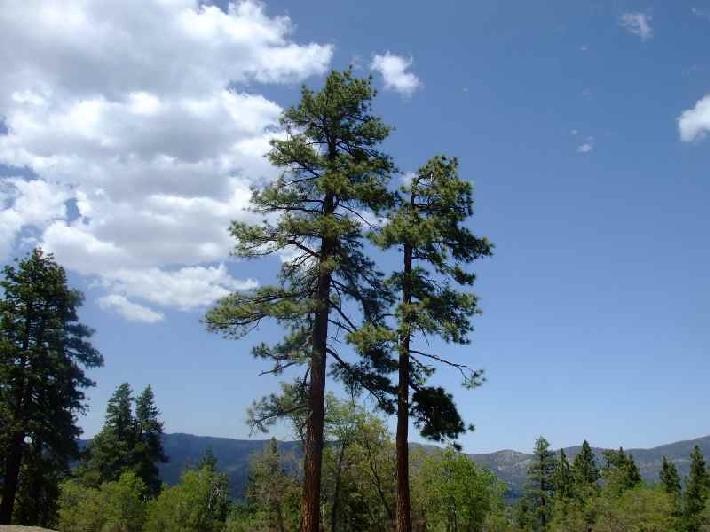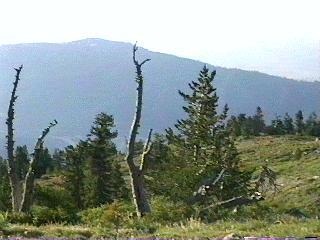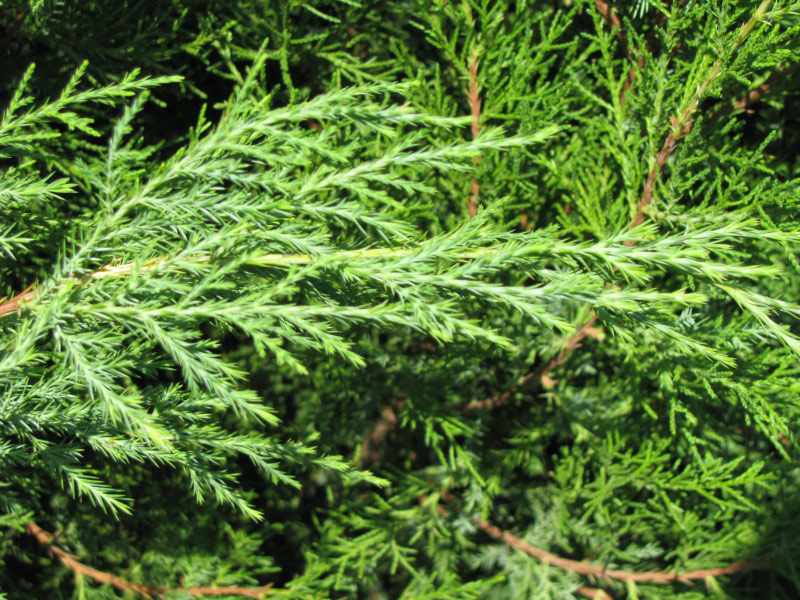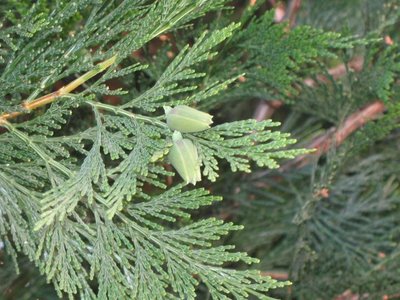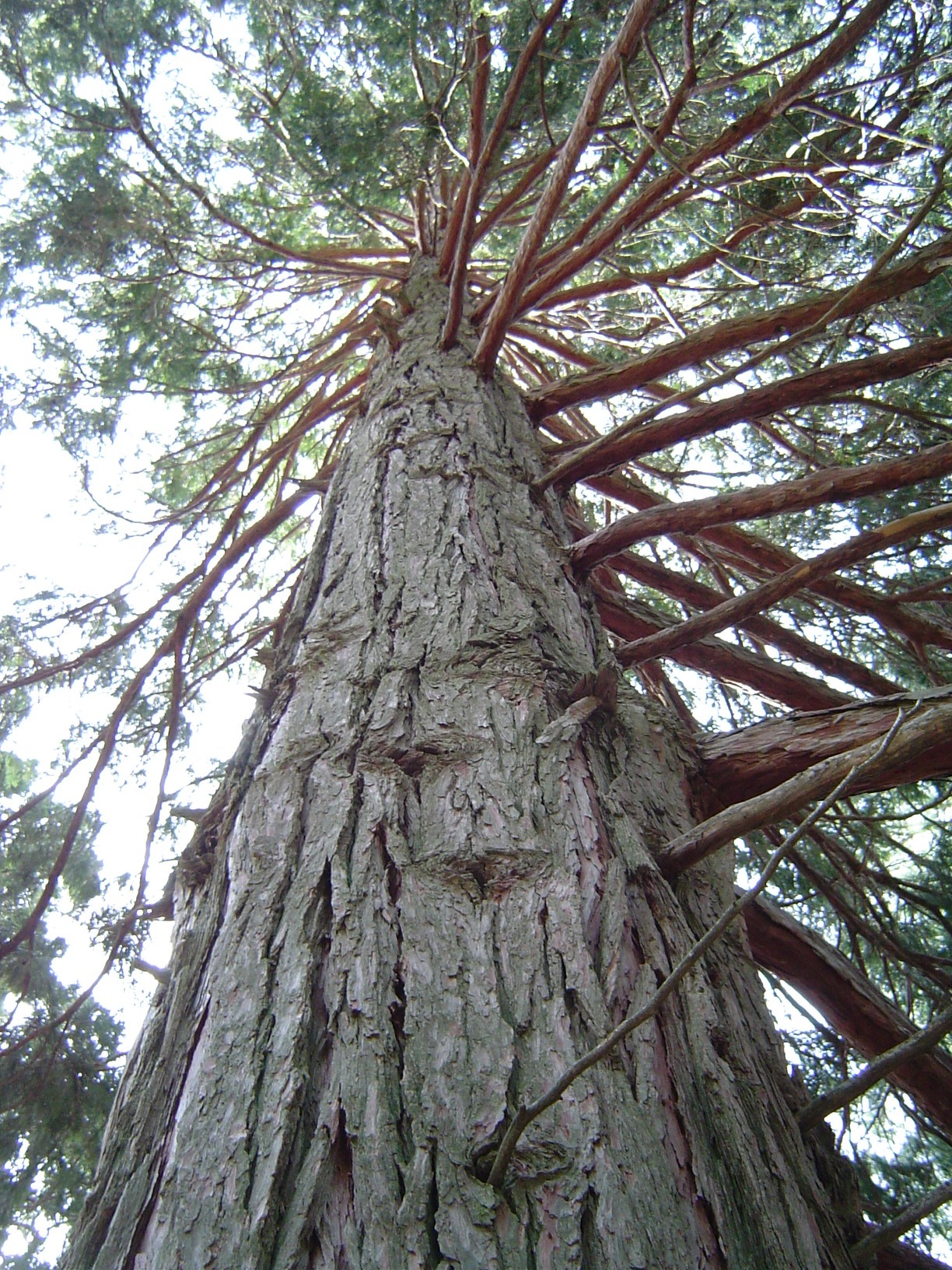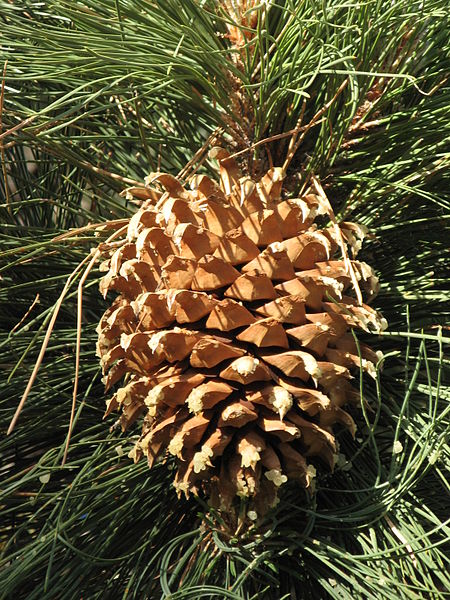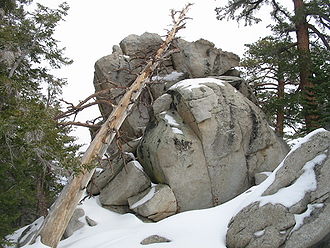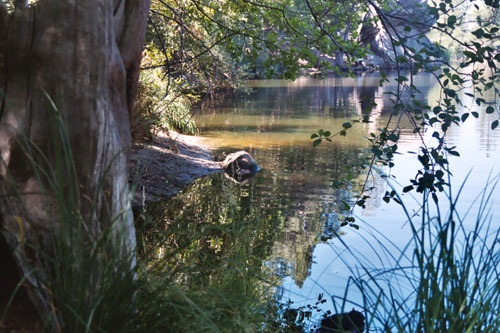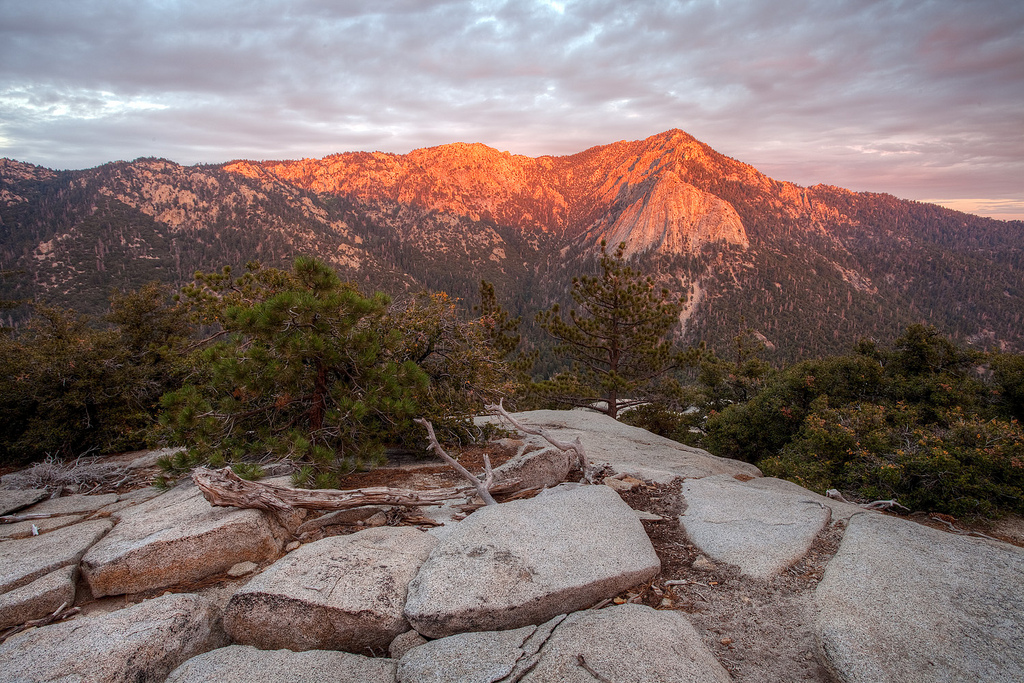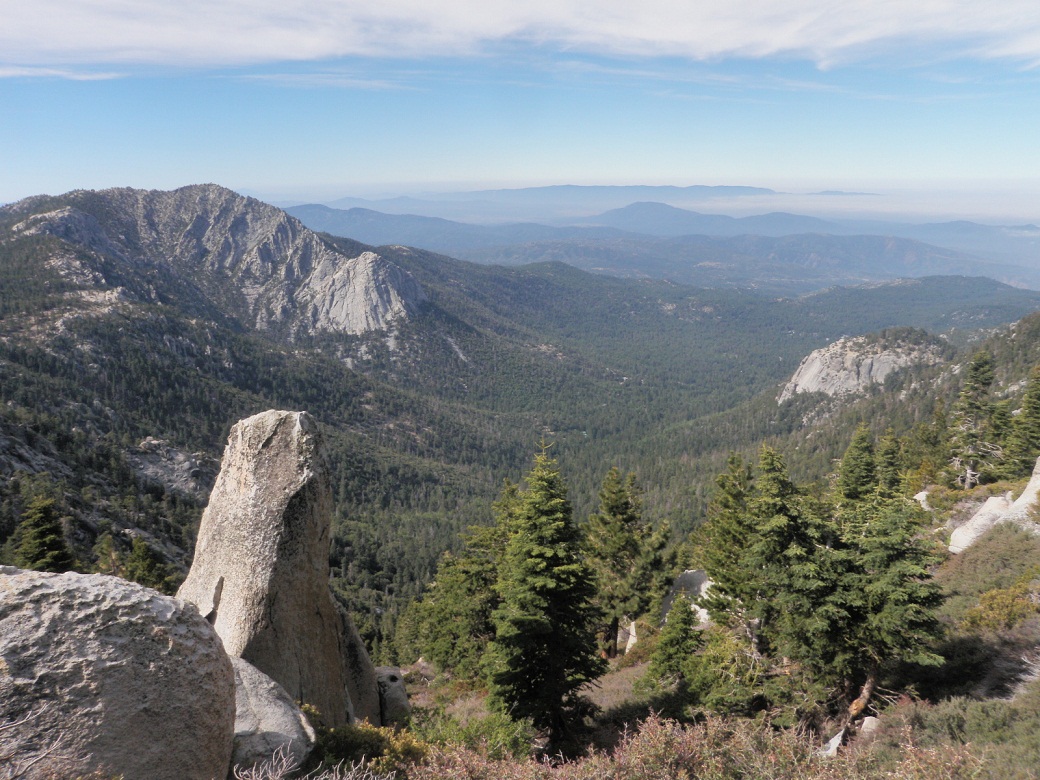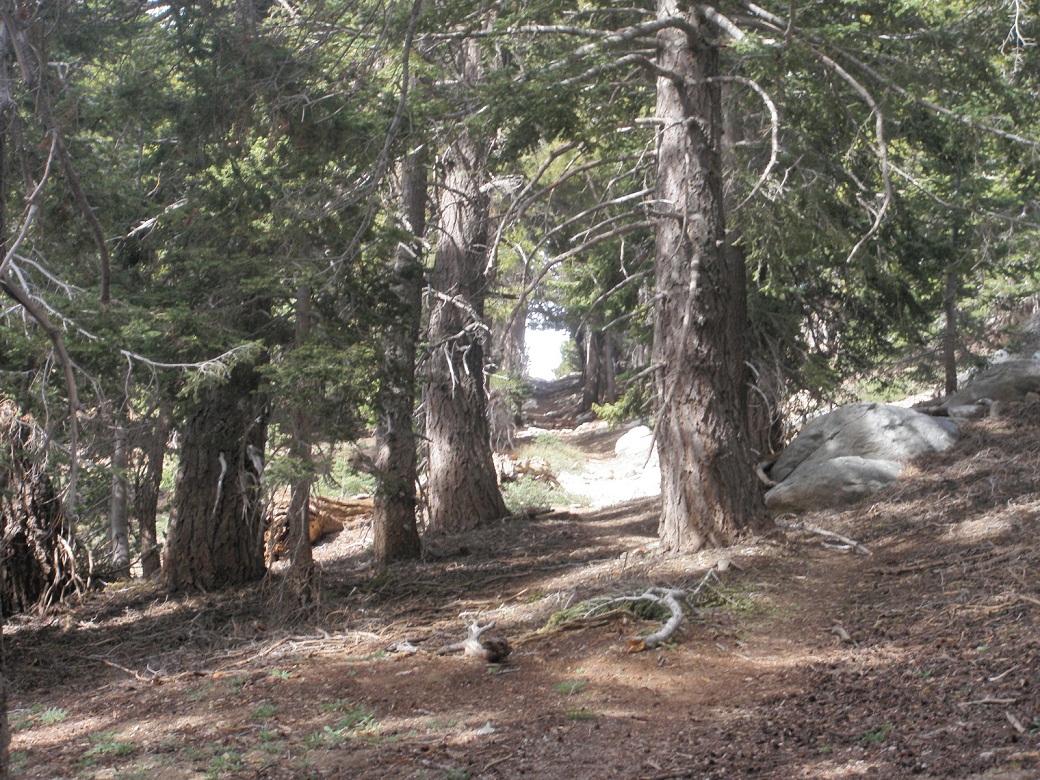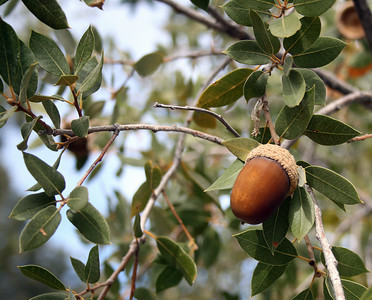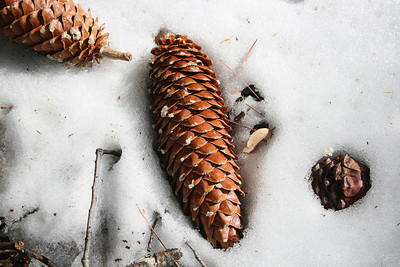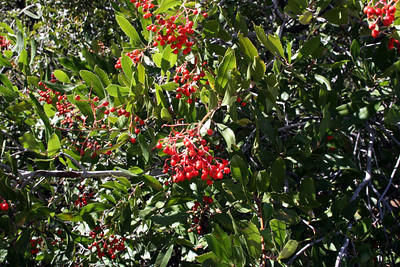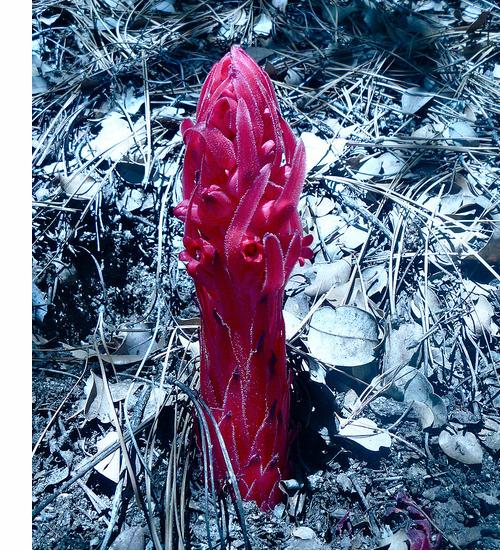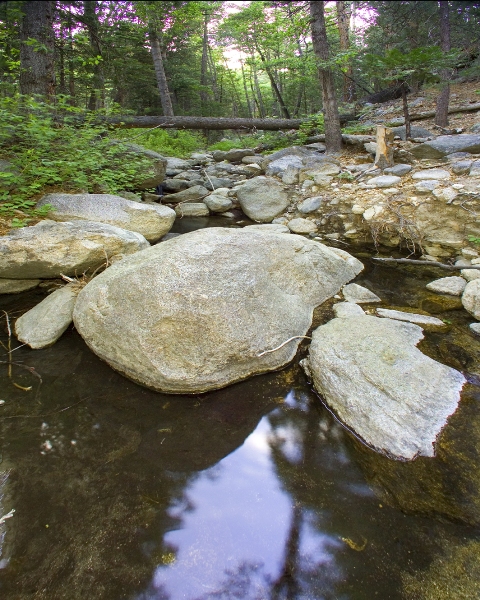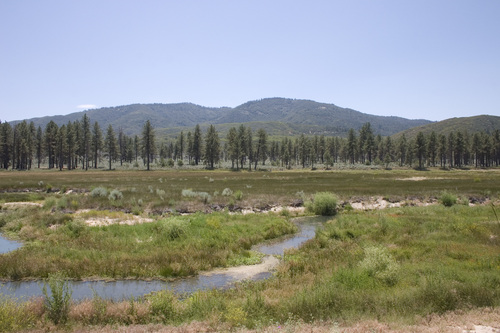 | San Jacinto |
|
Comarostaphylis diversifolia Summer Holly |
Comarostaphylis diversifolia Summer Holly |
Comarostaphylis diversifolia Summer Holly |
|
Pinus jeffreyi - Jeffrey Pine |
Limber Pine Pinus Flexilis |
lambertiana Variety- Sugar Pine |
|
California black oak- Quercus kelloggii- http://en.wikipedia.org/wiki/Quercus_kelloggii |
Valley Oak Quercus lobata-http://www.californiaoaks.org/index.html |
Western Red Cedar Tree |
|
Juniperus virginiana |
The incense cedar (Calocedrus decurrens) |
Clifornia The incense cedar (Calocedrus decurrens) |
|
California Incense-cedar: Calocedrus decurrens - http://www.evergreenspecies.com/2009/07/california-incense-cedar-calocedrus.html |
Incense cedar - Calocedrus decurrens, Cupressaceae-http://www.fourdir.com/p_incense_cedar.htm |
The Coulter Pine or Big-cone Pine (Pinus coulteri) - http://en.wikipedia.org/wiki/Coulter_Pine |
|
|
san jacinto batholith |
This is Lake Fulmore |
|
Tahquitz Peak and Lily Rock from Suicide Rock |
beetles |
|
|
|
Pink-bracted Manzanita (Arctostaphylos pringlei) |
Pink-bracted Manzanita (Arctostaphylos pringlei) |
|
Canyon live oak (Quercus chrysolepis) |
Cone of White fir (Abies concolor) |
Toyon (Heteromeles arbutifolia) |
|
|
|
|
|
Idyllwild Twin Pines Anza Pinyon |
|
Lake Hemet |
Mount San Jacinto towers more than 3000 meters over Palm Springs, California, one of the greatest changes in elevation in North America. The mountain is uplifted with the clash and breakage of the Pacific plate against the North American plate, and the border between them, the San Andreas fault zone, runs along the foot of the mountain.
In the foreground, north of the peak, is the Coachella Valley. This large pull-apart basin is sinking between two strands of the fault zone. The valley sinks as rapidly as it fills with sediment from the mountains around it, and its flat floor lies at sea level or below. If tectonic conditions were only slightly different, this would be part of the Gulf of California. But for now, wherever imported water does not support extremely productive farmland, only the creosote bush and cholla cactus of the Colorado Desert thrive in the intense heat and year-round sunlight
California is one of the most diverse areas of the world. Within 5 hours or so of both nurseries you can drive to Death Valley or alpine tundra, ocean or conifer forest, vernal pools, alkali sinks, or grasslands. California is very diverse. Most of California gets no measurable rain from late April to November. This year we got almost all of the rain for the season in January. One month, that''s it, and the native hillsides that are still intact look good. That makes many of our plants and animals unique.
Incense cedar
Latin Name Calocedrus decurrens
Family Cupressaceae
Sunset zones / USDA zones 3-12,14-24,32,34,36-37 / 6-10
Type / Form Tree / Large
Native Habitat Dry slopes of mountains of California. from 3,000 to 7,000 feet
Soil Dry to moist, decomposed granite, sand, clay loam, limestone, low to some organic content, well drained
Exposure Full sun to light shade
San Jacinto Mountains
Geology
Mount San Jacinto Nature
San Jacinto Mountains
Nature of California
